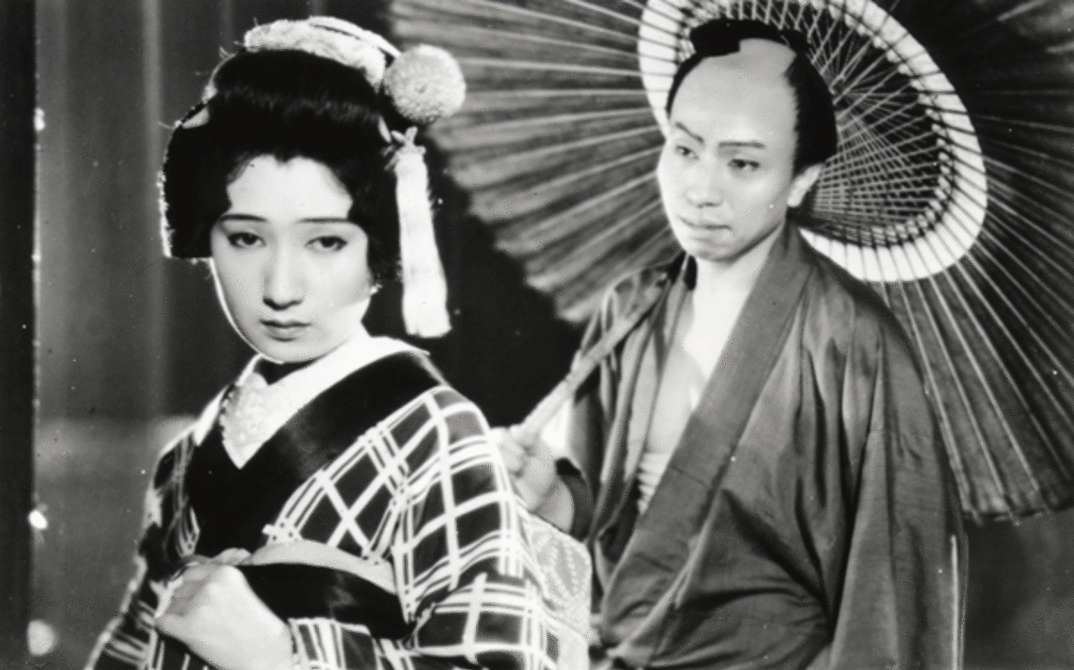TANGE SAZEN YOWA: HYAKUMAN RYO NO TSUBO (Tange Sazen: The Million Ryo Pot, Japan 1935, 11.6., Introduction: Ulrich Gregor & 18.6.) was the third film in a series about the popular fictional character, the one-eyed, one-armed samurai Tange Sazen. In his adaptation (the first two parts were made by his mentor Daisuke Ito), Yamanaka transformed the superhero into a sentimental cynic, proving his potential for comedy. The pivotal point of the convoluted plot is a pot that is thought to be worthless. When Genzaburo receives it as a wedding gift from his brother, he takes offense. On a whim, he decides to sell it to a junk dealer. Then he finds out that it is actually worth a million ryo. A wild chase begins for a pot that is always in sight but not recognized as such.
KOCHIYAMA SOSHUN (Priest of Darkness, Sadao Yamanaka, Japan 1936, 12. & 26.6.) Loosely based on a kabuki play by Mukuami Kawatake, the PRIEST OF DARKNESS gathers an ensemble of ronins (samurais without masters), traders (including the 15-year-old Setsuko Hara in one of her first roles), gangsters, yakuzas and geishas. A stolen sword triggers a series of events; misunderstandings and unpredictable encounters drive forward the story, which has numerous subplots. Resorting less to comedy than in TANGE SAZEN and taking a more pessimistic stance, Yamanaka holds the threads of the complicated plot effortlessly together.
NINJO KAMIFUSEN (Humanity and Paper Balloons, Japan 1937, 13. & 27.6.) Yamanaka's last film is set in a poor district of the Japanese capital (known as Edo at the time), where daily laborers and small traders lived and worked in cramped quarters in narrow lanes. A former samurai is found dead, having hanged himself. His acquaintances are outraged that he did not kill himself with a sword as would have been befitting. He had to swap his sword for a bowl of rice. The film weaves the hopes, humiliations and fates of an ensemble of characters that circles around the powerful samurai Mori together in a masterful way and presents an unusually bleak view of the world, which is nothing like a glorification of a bygone era. (al)With the support of the Japanese Culture Institute in Cologne, the Japan Foundation in Tokyo, the Deutsche Kinemathek - Museum of Film and Television and the National Film Center in Tokyo.



